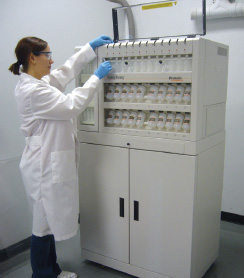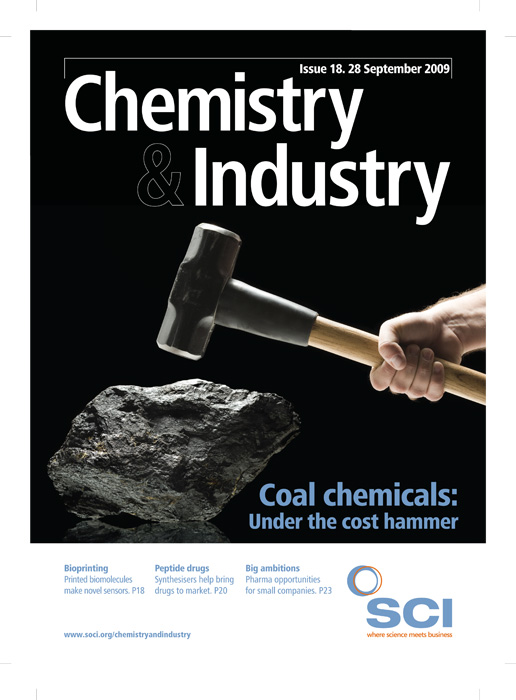No one would question the importance of insulin as a drug. First produced in the 1920s, insulin is used to control blood sugar levels in type 1 diabetes patients, who would otherwise die from their condition.1 Although nearly a century has passed since its discovery, scientists have yet to discover or develop an effective replacement for this peptide drug. This is because peptides are responsible for extremely specific molecular interactions in the body, for example, as hormones, neurotransmitters and enzymes. Today, peptide drugs are being developed to treat some of the most challenging diseases, including HIV, cancer, osteoporosis, and Alzheimer’s disease.

But while the potential of peptides as drugs
has always been clear, their introduction onto the
pharmaceutical marketplace has been varied and
rocky. The first peptide drugs consisted of hormones
like insulin, which were produced by direct isolation
from animal sources, and injected into patients. The
problem with this treatment was that impurities in
the animal preparation often caused undesirable side
effects at the injection site, such as pain, swelling,
and even callus formation. Plus, side effects would
change from batch to batch due to the presence of
different impurities.1
The desire for purer formulations led to the
production of peptide drugs by organic synthesis in
the 1950s and 1960s. The first synthetic peptide drug,
oxytocin, was isolated and synthesised by Vincent du
Vigneaud in 1953, for which he was awarded the
Nobel prize in chemistry in 1955.2 Oxytocin is an
important peptide hormone used to induce labour in
pregnant women. Unfortunately, using the methods
available at the time, the synthesis of oxytocin and
other small peptide drugs could take as long as one
to two years, and was not a very efficient production
method.3
This all changed in 1963, with the invention of
solid-phase peptide synthesis (SPPS) by US biochemist and another Nobel prize-winner Bruce Merrifield. In
SPPS, the peptide is manufactured on a solid resin
bead, which allows reagents to be added and
filtered away without the lengthy, labour-intensive
purification steps in between. This significantly
sped up the synthesis process and allowed it to be
automated. However, even with these progressions,
organic synthesis was still a prohibitively expensive
manufacturing tool when large quantities of peptide
were needed.
By the 1970s, a milder chemistry using Fmocprotected
amino acids was developed for SPPS,
and the first commercially available automated
peptide synthesisers were introduced. In addition,
purification procedures had progressed to a level
where even animal preparations of peptide drugs
could be completely purified to avoid the unwanted
side effects.1





